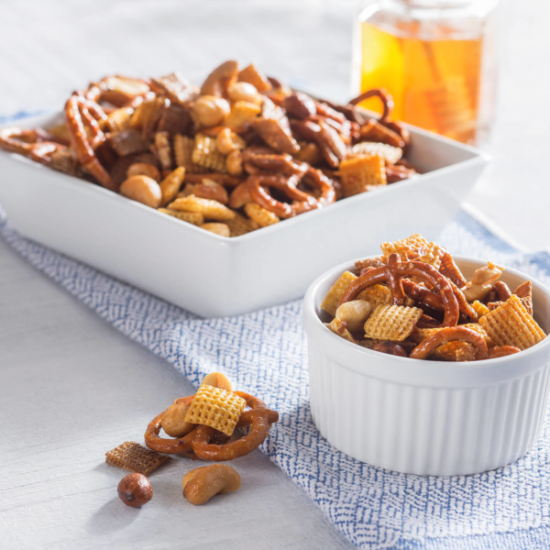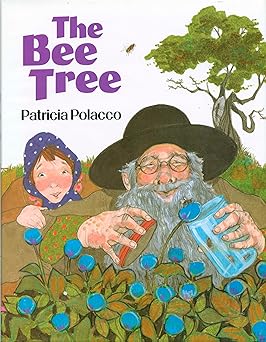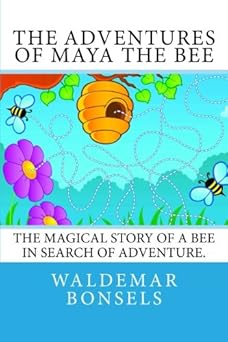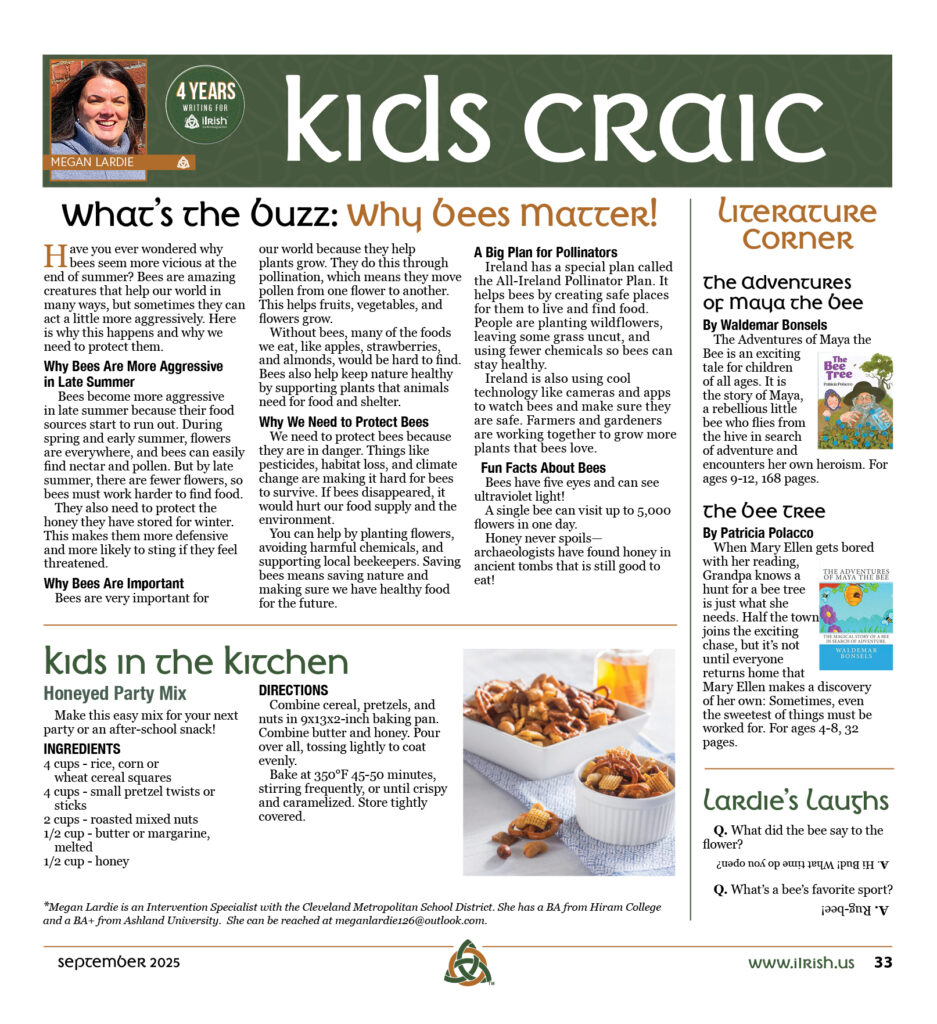
Why Bees Matter
Have you ever wondered why bees seem more vicious at the end of summer? Bees are amazing creatures that help our world in many ways, but sometimes they can act a little more aggressively. Here is why this happens and why we need to protect them.
Why Bees Are More Aggressive in Late Summer
Bees become more aggressive in late summer because their food sources start to run out. During spring and early summer, flowers are everywhere, and bees can easily find nectar and pollen. But by late summer, there are fewer flowers, so bees must work harder to find food.
They also need to protect the honey they have stored for winter. This makes them more defensive and more likely to sting if they feel threatened.
Why Bees are Important
Bees are very important for our world because they help plants grow. They do this through pollination, which means they move pollen from one flower to another. This helps fruits, vegetables, and flowers grow.
Without bees, many of the foods we eat, like apples, strawberries, and almonds, would be hard to find. Bees also help keep nature healthy by supporting plants that animals need for food and shelter.
Why We need to Protect Bees
We need to protect bees because they are in danger. Things like pesticides, habitat loss, and climate change are making it hard for bees to survive. If bees disappeared, it would hurt our food supply and the environment.
You can help by planting flowers, avoiding harmful chemicals, and supporting local beekeepers. Saving bees means saving nature and making sure we have healthy food for the future.
A Big Plan for Pollenators
Ireland has a special plan called the All-Ireland Pollinator Plan. It helps bees by creating safe places for them to live and find food. People are planting wildflowers, leaving some grass uncut, and using fewer chemicals so bees can stay healthy.
Ireland is also using cool technology like cameras and apps to watch bees and make sure they are safe. Farmers and gardeners are working together to grow more plants that bees love.
Fun Facts About Bees
- Bees have fiveeyes and can see ultraviolet light!
- A single bee can visit up to 5,000 flowers in one day.
- Honey never spoils—archaeologists have found honey in ancient tombs that is still good to eat!
KIDS IN THE KITCHEN

Honeyed Party Mix
Make this easy mix for your next party or an after-school snack!
Ingredients
- 4 cups – rice, corn or wheat cereal squares
- 4 cups – small pretzel twists or sticks
- 2 cups – roasted mixed nuts
- 1/2 cup – butter or margarine, melted
- 1/2 cup – honey
Directions
- Combine cereal, pretzels, and nuts in 9x13x2-inch baking pan. Combine butter and honey. Pour over all, tossing lightly to coat evenly.
- Bake at 350°F 45-50 minutes, stirring frequently, or until crispy and caramelized. Store tightly covered.
Literature Corner

The Bee Tree
By Patricia Polacco
When Mary Ellen gets bored with her reading, Grandpa knows a hunt for a bee tree is just what she needs. Half the town joins the exciting chase, but it’s not until everyone returns home that Mary Ellen makes a discovery of her own: Sometimes, even the sweetest of things must be worked for. For ages 4-8, 32 pages.
The Adventures of Maya the Bee
By Waldemar Bonsels
The Adventures of Maya the Bee is an exciting tale for children of all ages. It is the story of Maya, a rebellious little bee who flies from the hive in search of adventure and encounters her own heroism. For ages 9-12, 168 pages.

Lardie’s Laughs
Q: Q. What did the bee say to the flower?
A. Hi Bud! What time do you open?
Q. What’s a bee’s favorite sport?
A. Rug-bee!
Gab in Gaelic
The weather is beautiful today = Ta an aimsir go halainn inniu (pron: taw an eyeim-shur guh haul-inn inn-you




